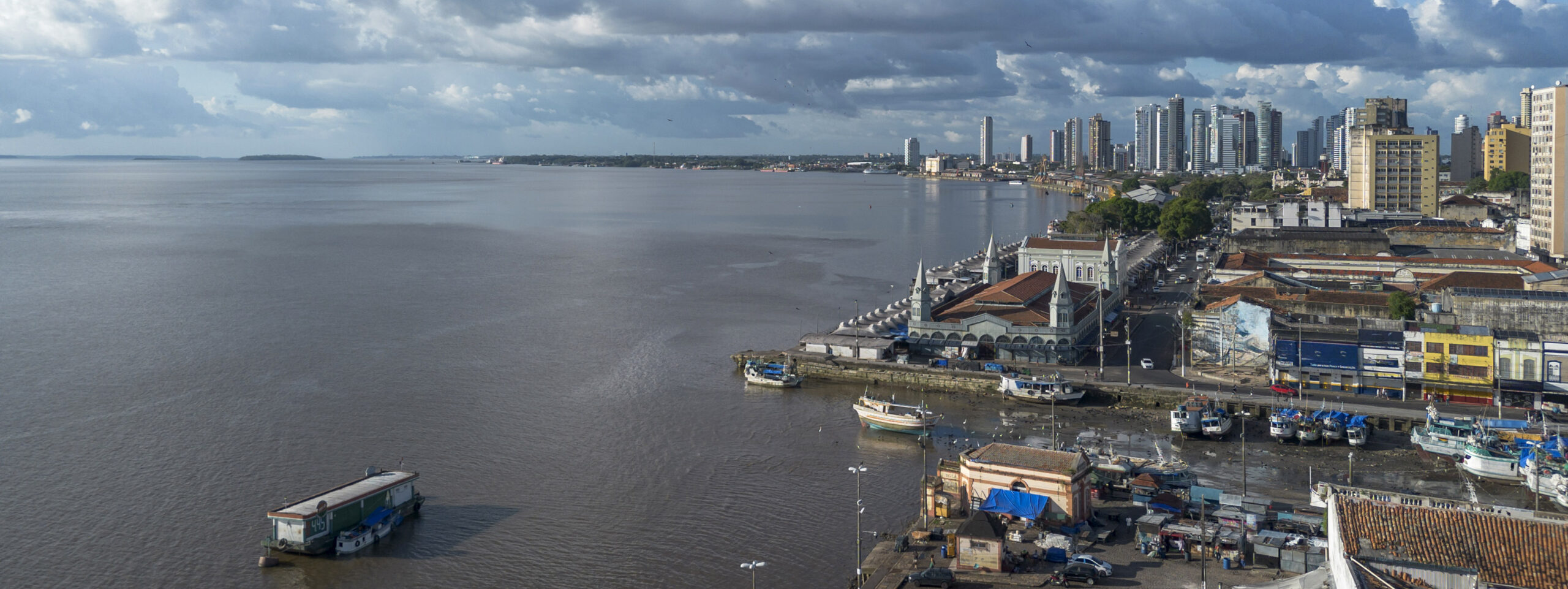In this episode of Plan Sea, hosts Anna Madlener and Wil Burns dive deep into the new Biogeosciences special issue focused on the environmental safety of ocean alkalinity enhancement (OAE). This episode’s guests are Dr. Lydia Kapsenberg and Dr. Tyler Cyronak who helped edit the special issue. Compiling more than 20 studies, the special issue serves as a “one-stop shop” of the latest peer-reviewed science on the environmental safety of OAE — ranging from responses of micro algae and corals, to the influence of biogeochemical cycling and trace metals. Tune in as we unpack what insights these studies collectively suggest and discuss what it means for next steps in environmental safety research for OAE.
The volume of OAE research has grown dramatically in recent years — increasing four-fold over the last five years. The Biogeosciences special issue shines a light on this rapidly evolving landscape and offers a tool for researchers, funders, regulators, and other partners to access centralized information on potential ecological risks, environmental monitoring standards, and feedstock safety related to multiple OAE approaches. This focus on answering key questions about OAE’s environmental safety and ensuring environmental safeguards will become even more central to decision-making as OAE projects increasingly move from lab to field research settings.
Throughout the discussion, many themes arise, including the question: How important is it to understand both system-wide patterns and local ecological realities? Lydia and Tyler highlight that while the Biogeosciences studies suggest that many phytoplankton species appear to be resilient under expected OAE conditions, local species and ecological contexts must still be factored into any field research design. This is where researchers have an important responsibility to meaningfully engage with communities on what matters most for their local marine ecosystems and align planned environmental monitoring efforts accordingly.
The conversation also turns to practical implications for OAE field trials. Lydia and Tyler underscore that meaningful environmental assessment requires both baseline data and long-term monitoring. While ideal baselines span years or decades, not all OAE projects may have access to existing, comprehensive baseline data nor the time and resources to collect it themselves. Given these constraints, reasonable, site-specific approaches can still enable researchers to detect important ecological or community-level changes as projects progress.
For researchers, policymakers, and communities assessing OAE’s environmental safety as a potential climate solution, the Biogeosciences special issue offers a crucial early evidence base and a clearer picture of what questions come next.
As mentioned during the episode, Carbon to Sea’s Environmental Impact Monitoring Framework is now available for public review and comment here, through December 12th. Carbon to Sea and the Prince Albert II of Monaco Foundation are also currently soliciting proposals for scientific research on the safety of OAE on commercially and culturally valued marine species. You can view the full funding opportunity and submit a proposal by January 16, 2026.
To hear the full conversation and explore the studies shaping the next phase of OAE research, listen to the episode above, subscribe on your favorite podcast platform, or find the entire series here.
Plan Sea is a semi-weekly podcast exploring ocean-based climate solutions, brought to you by the Carbon to Sea Initiative and the American University Institute for Responsible Carbon Removal.



